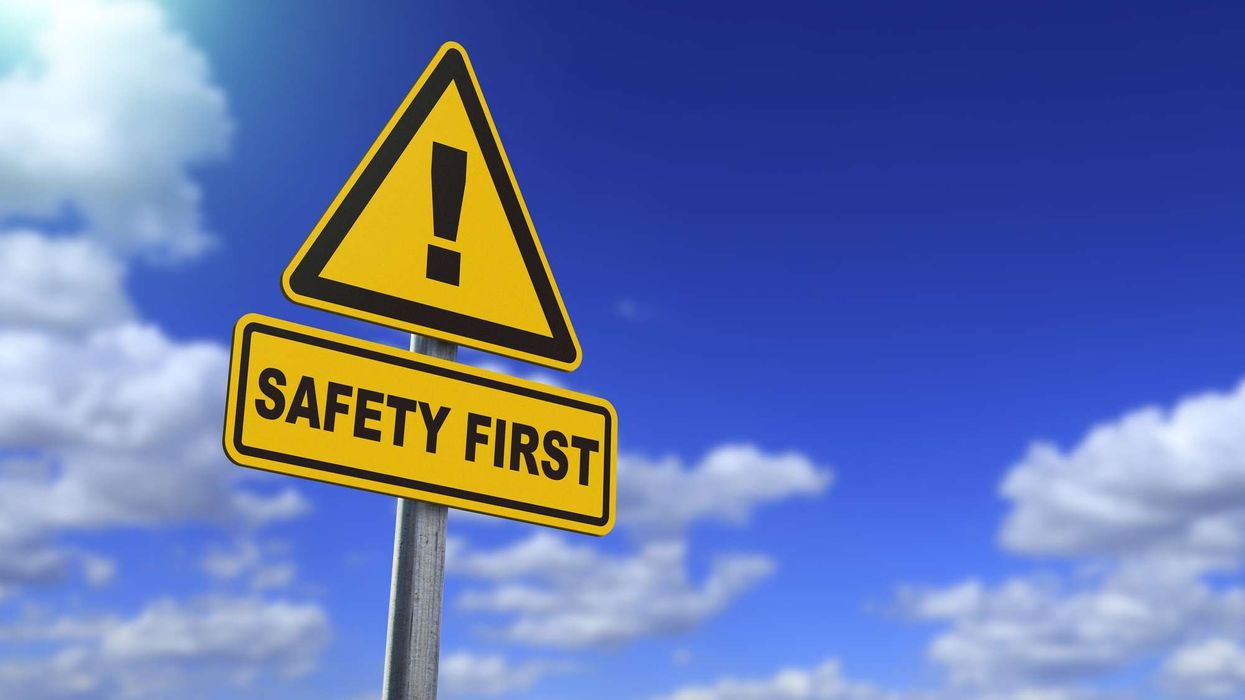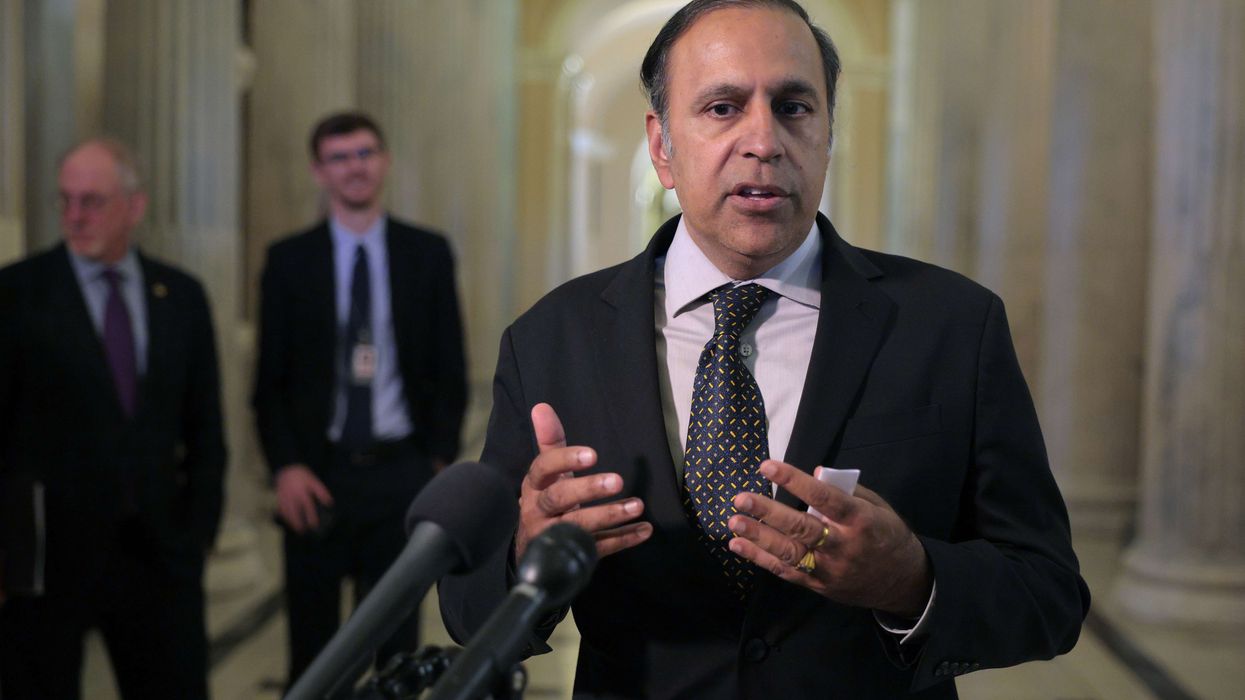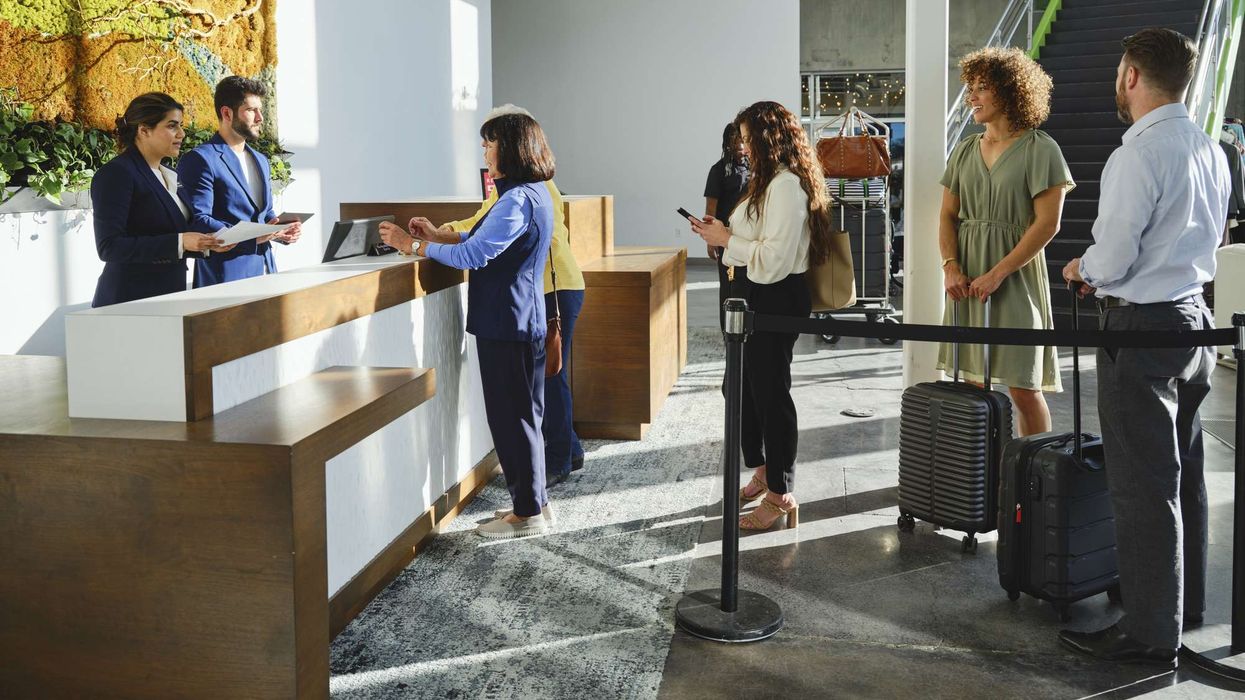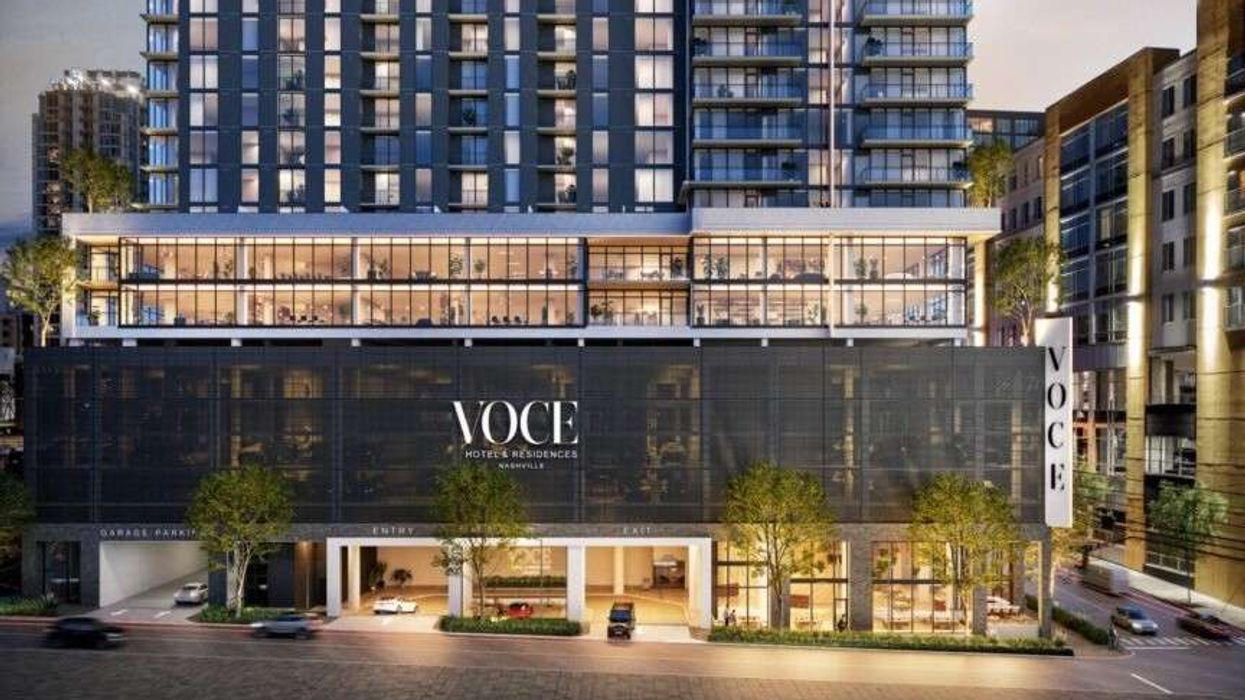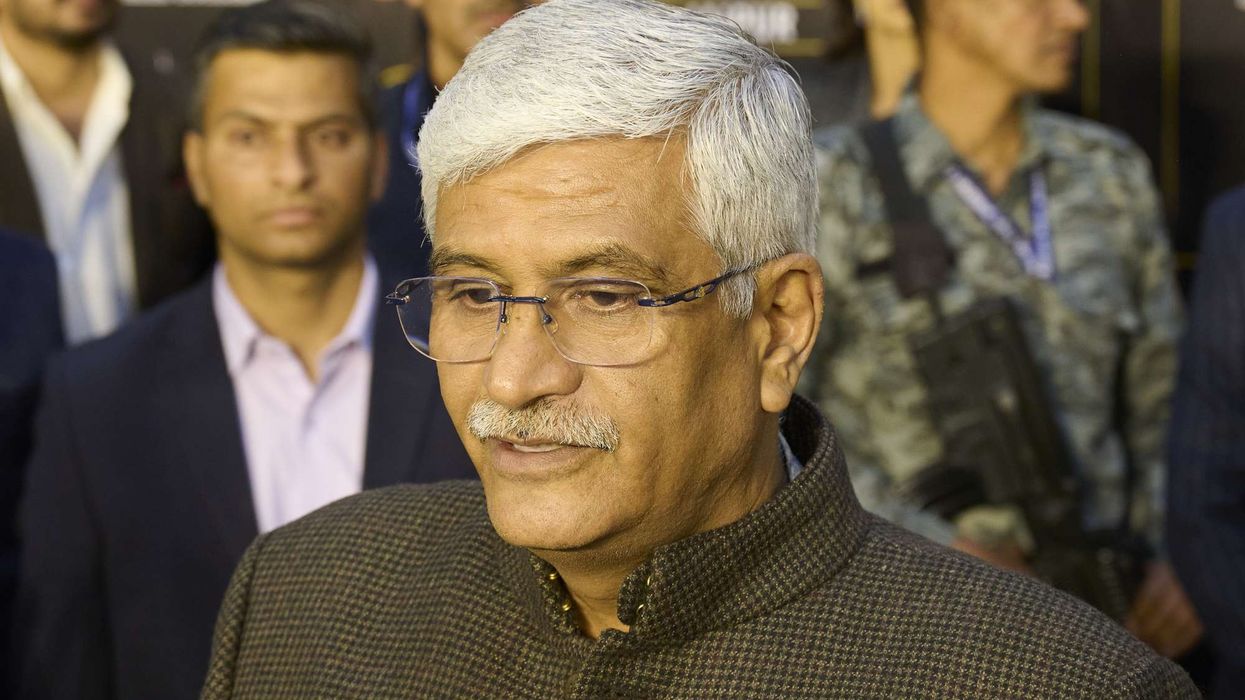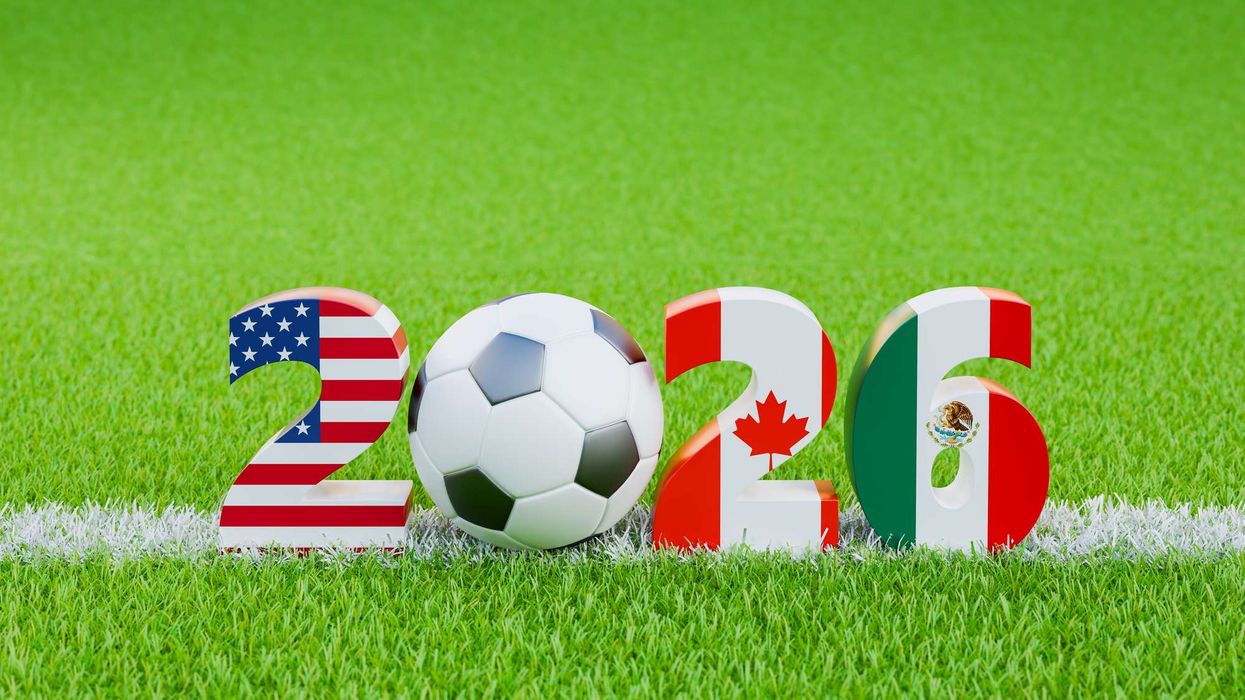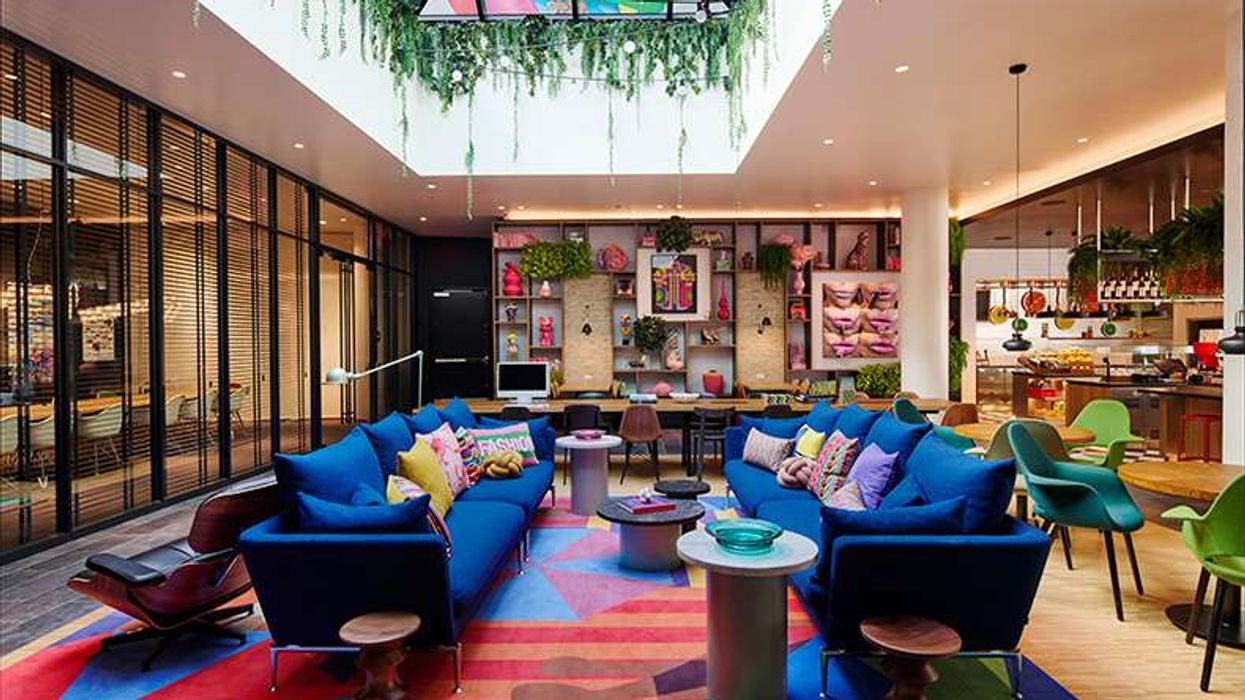HOPEFUL SIGNS FOR the U.S. hotel industry were seen in the week of May 3 to 9, according to STR’s deep dive into its data for the week. Demand is rising some submarkets as travel restrictions loosen, and there may be hope for a spike in occupancy on the July 4 weekend, if the ongoing recovery in China serves as a model.
In a video on STR’s website, Jan Freitag, STR’s senior vice president of lodging insights, outlined the highlights of the week.
“Good news. For the first time in a long time, U.S. hotel operators sold over 10 million room nights last week,” Freitag said. “That is an over 3 million room night improvement from the week of April 11 and certainly a good indicator of what we think is going to be a slow but still a recovery.”
Weekend occupancy is driving room demand, Freitag said. For the weekend of May 8 and 9, occupancy topped 30 percent. That is the second consecutive increase in weekend occupancy.
“When we dig into this data a little bit further, what we’re seeing is the submarkets with the largest points difference between weekday occupancy and weekend occupancy are in Florida … with access to beaches.”
At the same time, RevPAR for designated resort areas was down 82.4 percent from the same time period last year.
“Certainly this is not yet the time for vacation destinations,” Freitag said.
Total RevPAR declines for U.S. were 74.4 percent, which Freitag called “less bad than what we have seen” since declines for the rates bottomed out in the week ending April 11 at 84 percent.
The upper end of the market continues to see very dire drops in RevPAR, in the range of 88 percent, while economy is seeing declines of around 45 percent and midscale is seeing drops of 59.1 percent. Occupancy for luxury hotels during the week was around 16.5 percent while economy brands were seeing 43 percent occupancy on average.
“A little bit better, pointing at a little bit more room demand for those lower-priced properties,” Freitag said. “We fully expect this pattern to continue.”
All top 25 markets, including Oahu, Hawaii, were reporting double-digit occupancy, Freitag said, though just barely.
“Make no mistake, for a majority of the top 25 markets the occupancy rates, unfortunately, are only in the 20 to 30 percent range and skewed toward the lower end of the class spectrum,” he said.
Freitag went over occupancy data from the Chinese mainland to serve as a possible example of how the pandemic’s effects will play out in the U.S. There was a fall in occupancy after Chinese New Year on Jan. 25 followed by a very slow recovery through February and March. Normal patterns began to return around the end of March into April with a holiday spike in May. Freitag they expect a similar spike in travel, not for the Memorial Day weekend but probably for the July 4 weekend.
“This is probably going to be the recovery cycle that we’re seeing also in other areas and probably also in the U.S.,” Freitag said. “There are some green shoots, there’s some positive news to see in the global data and in U.S. data,” he said.

